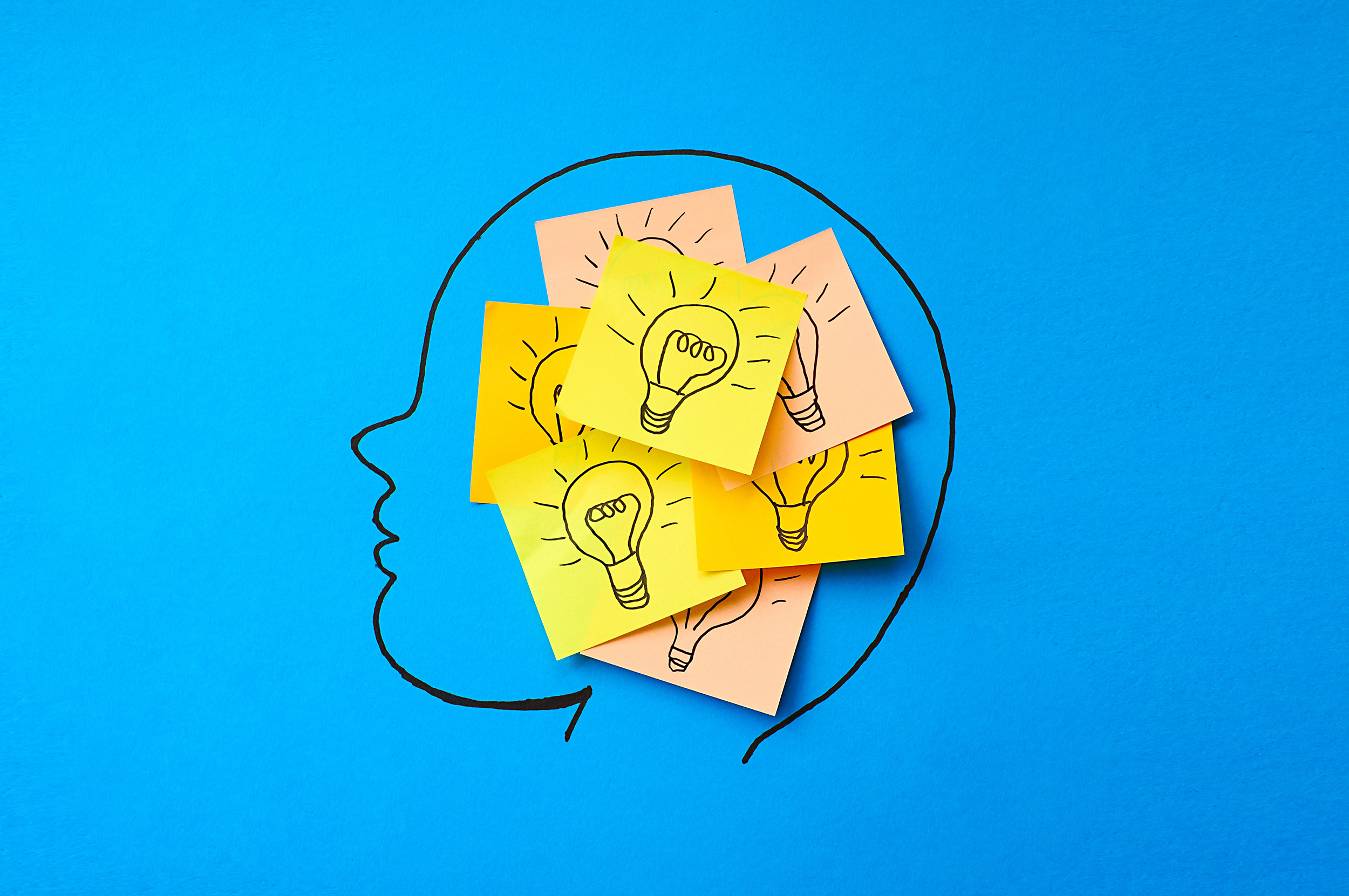- Published on
Overview of Memory & Testing Methods

Slowing Down Forgetting
- Testing one's memory has been shown to enhance long-term retention more effectively than just re-studying the material.
- Spacing Effect:
- Massed Practice: This refers to repeatedly studying a list during a single session until it is learned.
- Distributed Practice: Distributing or spacing out learning over periods of time proves superior for long-term retention.
- Specifically, the "spacing effect" is observed when there's less forgetting after distributed practice compared to mass practice.
Ebbinghaus’s Legacy
- Discovered the forgetting curve
- Savings effects after long delays (basically when you relearn spanish later in life)
- Spacing effect suggests that distributed learning works better than packed/massed learning
Types of Memory
- Primary memory: memory stored in conciousness and is currently not stored in long term storage
- Secondary memory: memory that is being retrieved from your memory store
Multi-Store Modal Model

- Information initially reaches our sensory memory through our sense organs, briefly capturing impressions from sensory stimuli.
- If we actively focus on or attend to these impressions, they transition to the short-term memory (STM).
- To move information from STM to long-term memory (LTM), it must be deeply understood or given significance, a process known as elaborative rehearsal.
| Sensory Register | Short Term Store | Long Term Store | |
|---|---|---|---|
| Duration | limited | limited | unlimited |
| Capacity | very short | short | permenant |
- What is interesting is when you retrieve from the long-term memory incorrectly, that can alter the memory as a whole, and you might code the inaccurate memory as a whole
Modern Taxonomy of Memory

- Short-Term Memory (STM)
- Refers to the temporary storage of information.
- Has limited capacity and is vulnerable to interference.
- Typically holds information for seconds to minutes.
- Long-Term Memory (LTM)
- Refers to the permanent storage of information.
- Has vast capacity and can store memories for a lifetime. a. Declarative Memory (Explicit)
- Deals with conscious recollections of facts and events. i. Episodic Memory
- Personal memories of specific events, situations, or experiences.
- Example: Remembering your first day at school. ii. Semantic Memory
- General knowledge about the world, including facts, ideas, concepts, and language.
- Example: Knowing the capital of a country or understanding the concept of gravity. b. Non-Declarative Memory (Implicit)
- Unconscious memories that influence behavior and are not readily available for verbal description. i. Skill Learning (Procedural Memory)
- Memory for performing actions or skills.
- Example: Riding a bicycle, playing an instrument, or typing on a keyboard. ii. Priming
- A change in response to a stimulus due to prior exposure to a related stimulus.
- Example: Seeing an image of a red apple might make you quicker to recognize the word "fruit" in a subsequent task. iii. Conditioning
- Learning through association, where a neutral stimulus becomes associated with a meaningful stimulus.
- Example: Pavlov's dogs salivating when hearing a bell because it was associated with food.
- Deals with conscious recollections of facts and events. i. Episodic Memory
Stages of Memory

- The main stages of memory is encoding, storing, and retrieving
- Encoding transforms information into a form that can be stored in memory
- Storing maintains the encoded information within memory
- Retrieving reaccesses information fro the past which has been encoded and stored
- When you pull information out with retrieval, your memory is variable and you can update it with new information
Testing Memory
Avoiding Bias
- Random Assignment: Subjects can be placed in any given condition.
- Double-Blind Procedure: Neither the experimenter nor the subject is aware of the condition the subject is in.
Explicit Memory Tests
- Free Recall: Subjects must recall information without any cues. For example: "Please write down everything you can remember."
- Cued Recall: The memory target is paired with other information, where the paired info acts as a cue to retrieve the target memory.
- Cued Serial Recall: Subjects are provided one item from a list and must report the subsequent item.
Recognition
- General Concept: During the memory test, subjects are presented with both previously seen (old) items from the study phase and new, unstudied items. This is often referred to as the "old/new" memory test.
- Recollection:
- Retrieves specific details and core facts of a memory.
- Gives qualitative info like "where" and "when" an event happened.
- Familiarity:
- Acts as a signal strength that supports memory judgments.
- Provides a sense of recognition without added context.
- Recollection:
- Force-Choice Recognition: Subjects must determine which item they previously studied from two or more options.
- Source Memory: Refers to recalling the context of a memory, such as time and place.
- Prospective Memory: Remembering to execute a planned action or recall a planned intention at some future point.
Implicit Memory Tests
- Indirect Test - Word Fragment Completion: Subjects complete word fragments, and their ability to do so can indicate prior exposure to the word.
- Indirect Test - Eye Movements: Monitoring a subject's eye movements can provide clues about their unconscious memory recall.
- Authors

- Name
- Apurva Shah
- Website
- apurvashah.org